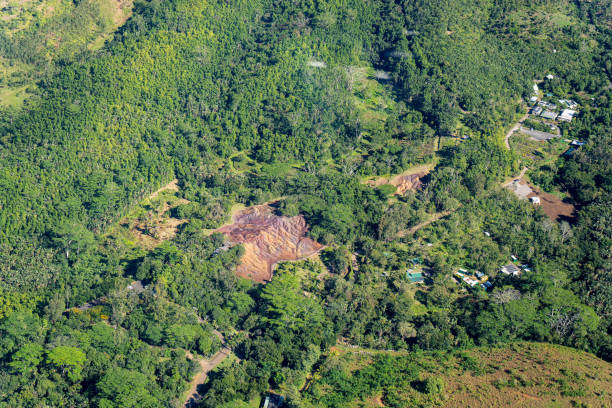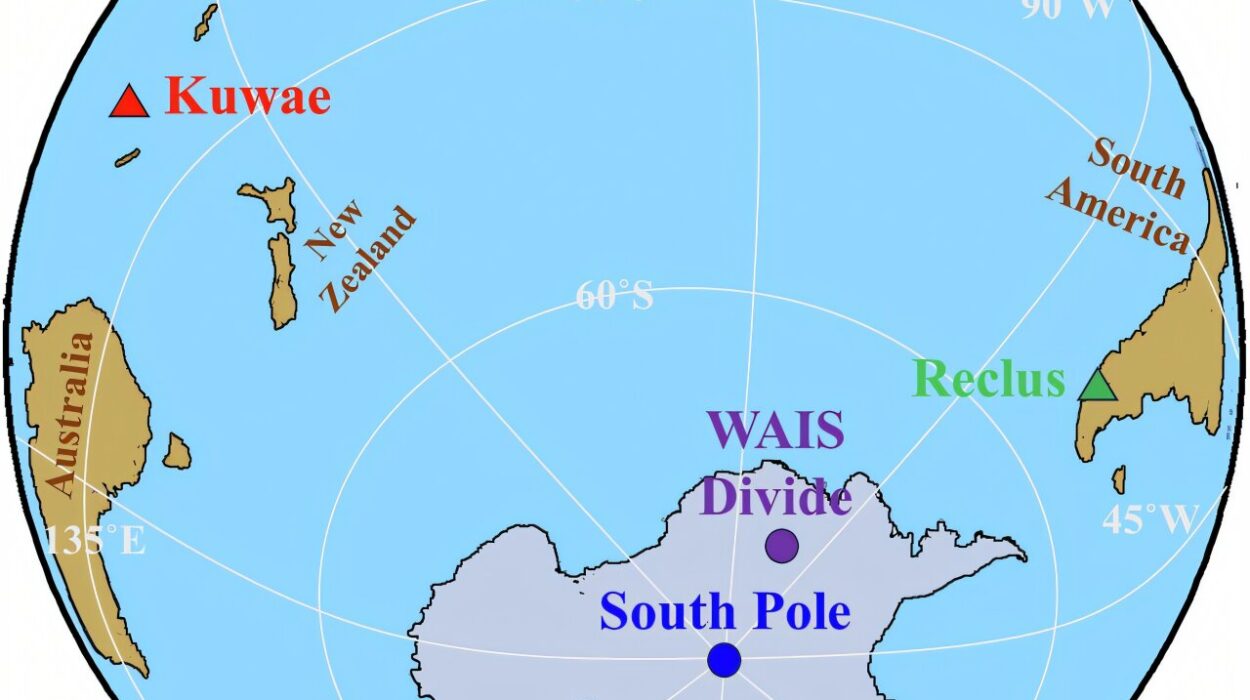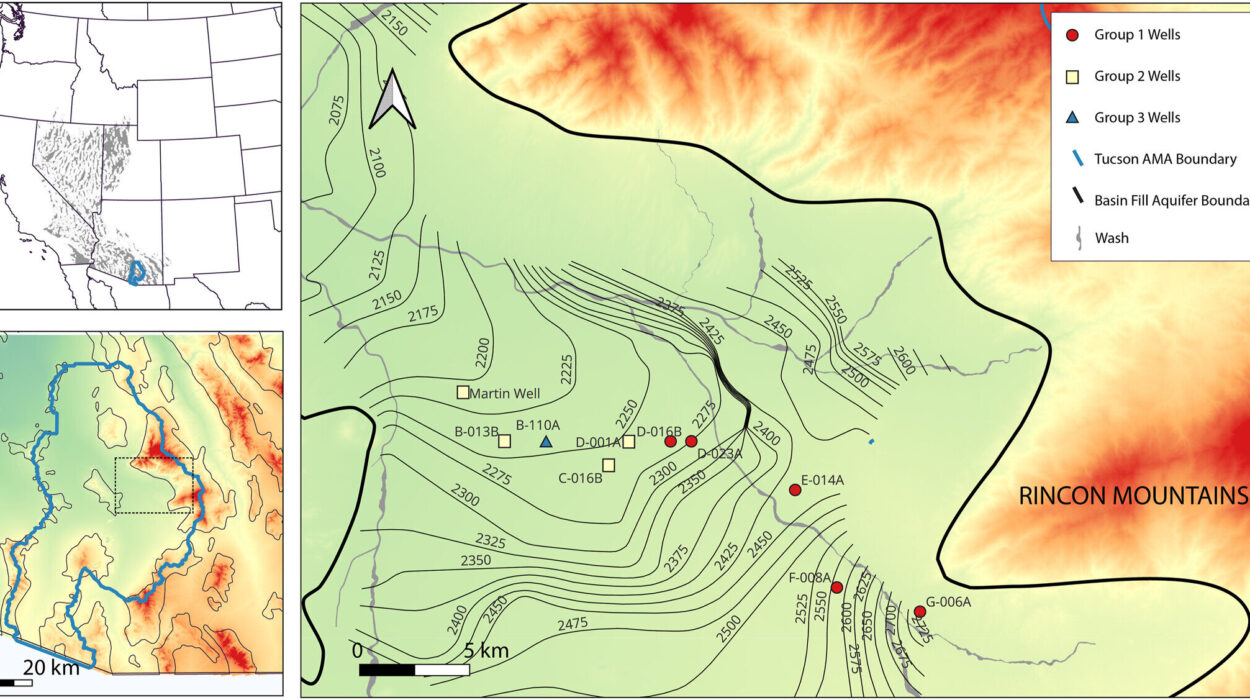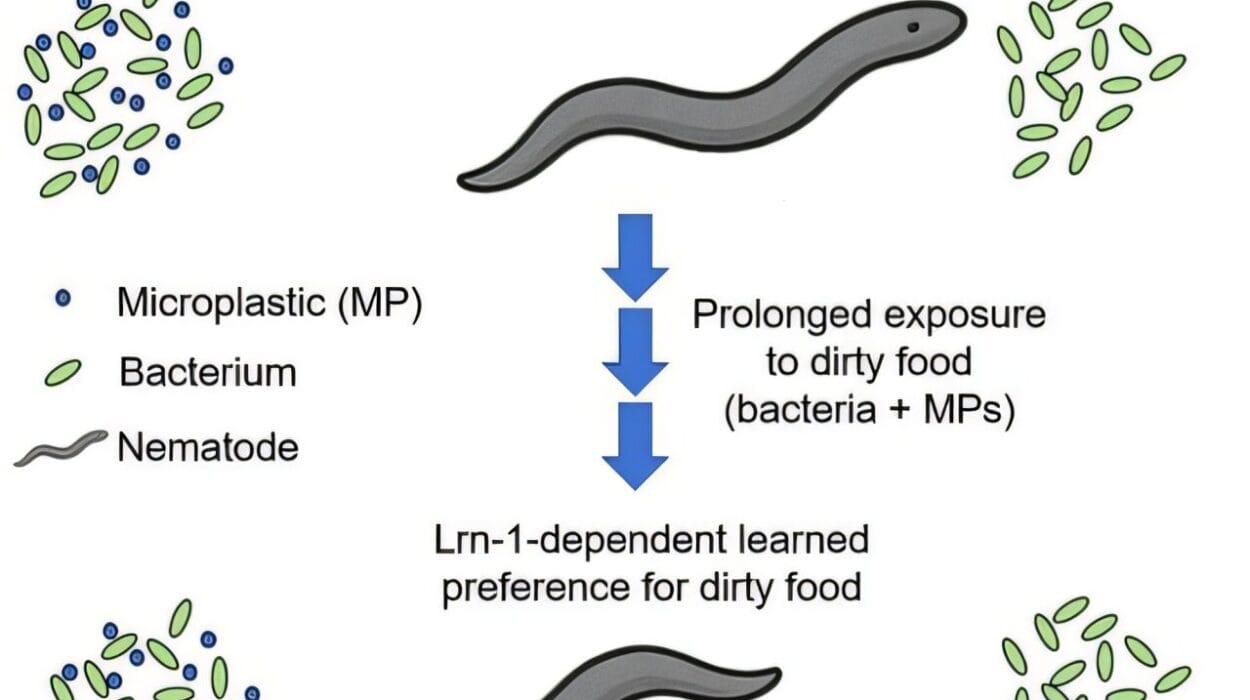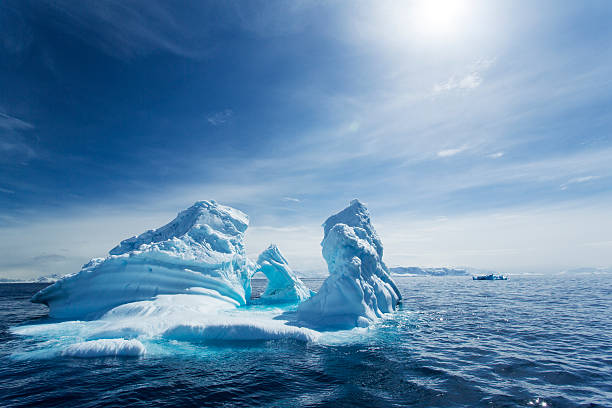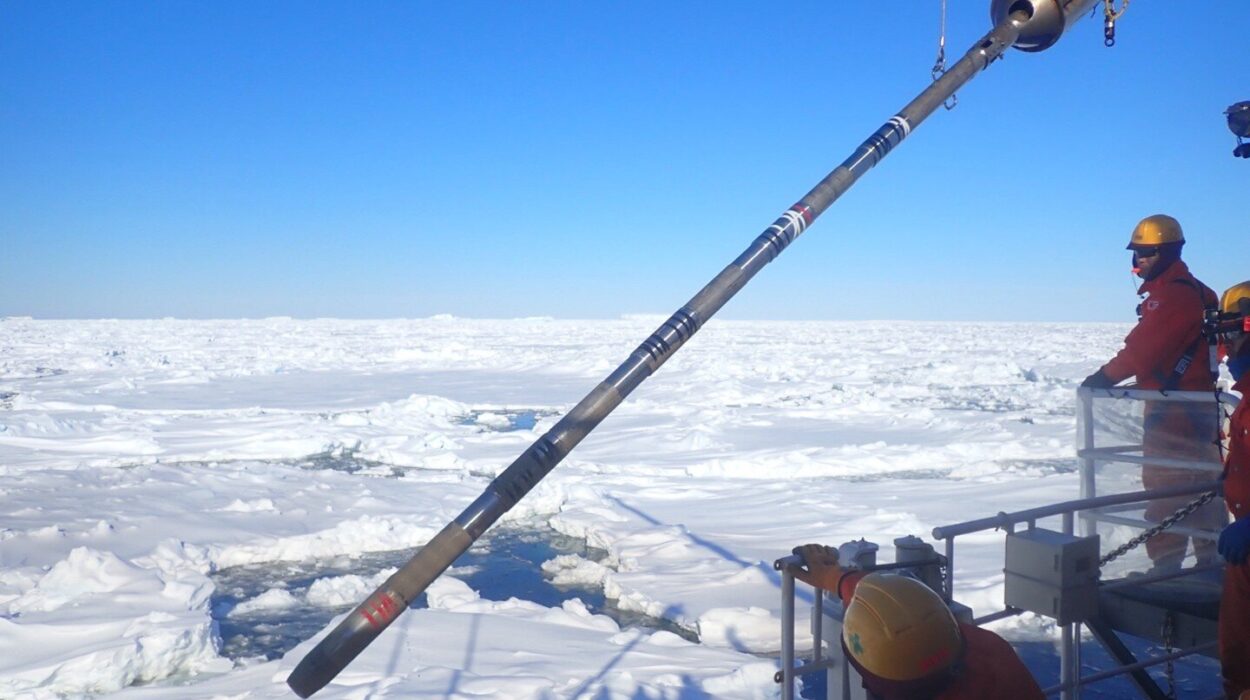In the stillness of a morning forest, when the sunlight dances through leaves and the dew clings to the earth, it’s easy to believe the world is abundant beyond measure. The soil is rich, the trees stand tall, and rivers murmur with eternal promise. For most of human history, nature seemed endless—a gift that gave and gave, without pause, without limit. But beneath this tranquil surface lies a growing anxiety, a silent but urgent question that now haunts scientists, leaders, and citizens alike: Are we running out of Earth’s natural resources?
The question doesn’t just linger in academic papers or policy debates—it echoes through oil wells that dry up, fisheries that collapse, and forests reduced to barren stumps. It’s a question that tests not only our science but our morality. The future of Earth’s natural resources is no longer a distant concern—it is the story of our time, unfolding every day, across every continent, in every decision we make.
How We Got Here: The Rise of Human Appetite
For over 200,000 years, humans lived modestly, drawing only what they needed from nature. Our ancestors hunted, gathered, farmed, and lived by the rhythms of the seasons. But with the advent of agriculture around 10,000 years ago, our relationship with the Earth began to shift. We began to control nature—first with seeds and fire, then with metal and machines. By the time the Industrial Revolution arrived in the 18th century, our thirst for resources exploded.
Coal fired up the first engines of industry. Iron and copper built our cities. Oil lit our homes and fueled our wars. The 20th century became a triumph of consumption. With every advance in technology, we took more—more forests for lumber, more rivers for dams, more soil for crops, more ocean for food, more sky to dump our emissions.
By 1950, the global population reached 2.5 billion. Today, it is over 8 billion. Every second, we extract more from the Earth than we did the second before. And yet, the Earth has not grown. Its resources are not infinite. Its veins of metal, its pockets of fossil fuel, its biodiversity, its clean air and water—they all have limits.
Understanding Natural Resources: What Are We Really Talking About?
Natural resources are the raw materials and energy sources that Earth provides to sustain life and power civilization. Some are renewable—like sunlight, wind, and forests that can regrow. Others are non-renewable, like oil, natural gas, coal, and minerals such as lithium and rare earth elements.
But the line between renewable and non-renewable isn’t as clear as it sounds. Forests can regrow, yes, but only if we let them. Soil can replenish itself, but not if it’s stripped bare by overfarming. Even freshwater—renewable in theory—is becoming dangerously scarce in practice because of overuse, pollution, and climate change. The deeper truth is this: any resource becomes finite when we use it faster than it can renew.
The Energy Equation: Fossil Fuels and the Long Decline
Among the most concerning natural resources are fossil fuels. Formed over hundreds of millions of years from ancient plants and organisms, coal, oil, and natural gas have powered human progress for the last two centuries. But they are finite. We burn millions of barrels of oil every day. Each ton of coal or cubic meter of gas extracted is gone forever.
Scientists disagree on exactly when we will hit “peak oil”—the point at which production begins an irreversible decline—but many believe we are already close. New reserves are harder to find, deeper underground, more expensive to reach. Meanwhile, demand continues to climb, especially in developing economies. Even if we never “run out” of oil completely, it will become increasingly difficult and expensive to extract.
But perhaps more critically, fossil fuels are not just limited—they’re dangerous. Burning them releases carbon dioxide, the chief driver of climate change. In this sense, our addiction to fossil fuels is not only unsustainable; it is self-destructive. Climate change is the Earth’s warning label, written in fire and flood.
Mining the Future: Metals, Minerals, and the Race for Innovation
Oil may power today, but metals and minerals power tomorrow. From smartphones to solar panels, electric cars to wind turbines, the green revolution depends on a wide range of materials—lithium, cobalt, nickel, rare earth elements. These are not household names, but they are vital to clean energy, digital technology, and modern life.
Yet many of these critical minerals are rare, difficult to extract, and concentrated in a few countries. Cobalt, for example, is mined primarily in the Democratic Republic of the Congo, often under harsh and exploitative conditions. Lithium supplies are tied to fragile ecosystems in South America. The mining of these materials is not only environmentally destructive but also geopolitically risky.
As we shift away from fossil fuels, we are increasing our dependence on another kind of non-renewable resource—one that is just as finite and potentially more volatile. The irony is hard to ignore: the tools meant to save the planet may come at the cost of its last untouched corners.
The Silent Collapse: Soil, Water, and the Hidden Crisis
When people think of natural resources, they often picture oil rigs and mining operations. But some of the most critical resources are beneath our feet and flowing through our faucets. Soil and water—unseen, uncelebrated—are the foundations of life. And both are in crisis.
Topsoil, the thin layer of earth that sustains crops and forests, is eroding at alarming rates. Industrial agriculture, deforestation, and overgrazing have stripped away the richness of the soil, turning fertile fields into dust. According to the UN, we lose about 24 billion tons of fertile soil every year. Without it, food security becomes a fantasy.
Water, too, is under siege. Aquifers are being drained faster than they can refill. Rivers are running dry. Entire regions—from California to Cape Town—have faced “Day Zero” scenarios where taps could run empty. Climate change exacerbates the problem, altering rainfall patterns and intensifying droughts. Despite being a “blue planet,” only 0.3% of Earth’s water is accessible and fresh. That sliver of a sliver is all we have to drink, to irrigate crops, to sustain ecosystems.
Forests and Oceans: Earth’s Breathing Lungs Under Pressure
Forests are more than just trees—they are living ecosystems, carbon sinks, weather regulators, and homes to countless species. But they are vanishing. Each year, millions of hectares are lost to logging, agriculture, and fire. The Amazon, often called the “lungs of the Earth,” has been deforested so heavily that it may be nearing a tipping point where it can no longer sustain itself.
Oceans, too, are under threat. Overfishing has decimated fish populations. Coral reefs are bleaching and dying. Plastic pollution chokes marine life. And as the seas absorb carbon dioxide, they are becoming more acidic, jeopardizing everything from plankton to whales. The oceans, once a symbol of infinity, now appear shockingly fragile.
The Human Cost: Inequality and the Battle for Resources
Resource scarcity does not affect everyone equally. It widens the gulf between rich and poor, fuels conflict, and forces migration. Nations rich in resources may suffer from the “resource curse”—where wealth is siphoned off by corruption rather than shared with citizens. Meanwhile, communities living on the edge—subsistence farmers, coastal dwellers, indigenous tribes—are the first to suffer and the last to be heard.
Water wars, land grabs, food riots—these are not science fiction. They are present-day realities in parts of the world where scarcity breeds desperation. The competition for dwindling resources may become the defining geopolitical challenge of the 21st century.
Turning the Tide: Can We Change Course?
If the story ended here, it would be grim indeed. But the future of Earth’s natural resources is not written in stone. It is shaped by the choices we make today, by the technologies we develop, the policies we adopt, the values we hold. Hope lies not in denial, but in innovation, cooperation, and resilience.
Sustainable energy is rising. Solar and wind power are now the cheapest sources of electricity in many parts of the world. Electric vehicles are growing in popularity. Buildings are becoming more energy-efficient. Entire cities are redesigning themselves around sustainability. These are not just trends—they are glimpses of a future where prosperity and conservation can coexist.
Recycling and circular economies offer new paths. Instead of extracting more, we can use better. By designing products to last, repairing rather than replacing, and reclaiming materials from used goods, we reduce our dependence on virgin resources.
Agriculture, too, is evolving. Regenerative farming restores soil health. Drip irrigation conserves water. Genetic advances may produce crops that thrive with less input. The same creativity that once fueled consumption can now fuel regeneration.
A Cultural Shift: From Ownership to Stewardship
Perhaps the most profound change is not technological, but psychological. We must move from seeing ourselves as conquerors of nature to stewards of it. The Earth is not a warehouse of supplies—it is a living system of which we are a part. Indigenous cultures have long understood this. Modern science is now catching up.
Education plays a pivotal role. The more people understand the interconnectedness of life—the way a drop of water, a handful of soil, a breath of air connect us to everything—the more likely we are to protect it. Science communication, citizen activism, and youth leadership are lighting a new path.
The Long View: Living Within Our Limits
In the end, the question of whether we are running out of resources is inseparable from the question of how we define progress. Is it more consumption, more growth, more speed? Or is it balance, equity, and wisdom?
The Earth can provide for humanity—if we live within its means. That means redefining prosperity, not as the accumulation of things, but as the enrichment of life. It means prioritizing well-being over excess, cooperation over competition, long-term vision over short-term gain.
Conclusion: The Future Is Not a Forecast—It’s a Choice
Are we running out of natural resources? The answer is yes—and no. We are running out of the illusion that we can take endlessly without consequence. We are reaching the limits of a worldview that treats nature as expendable. But we are not running out of ingenuity. We are not running out of compassion. We are not running out of time—yet.
The future is not something we inherit—it is something we shape. It is sculpted in the minds of scientists, the hands of farmers, the voices of voters, the choices of consumers. We hold the chisel. The Earth has given us all we need. Now it’s our turn to give back.
